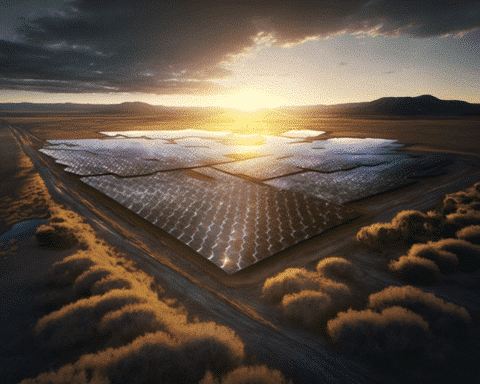In a landmark achievement for sustainable energy, Japan has unveiled the JT-60SA, the world’s largest nuclear fusion reactor. Situated in Ibaraki Prefecture, this experimental reactor marks a pivotal moment in the quest for the “holy grail” of clean energy sources.
Nuclear fusion, the process that powers the Sun, is now being harnessed on Earth, offering a future of energy that is both sustainable and almost limitless. The JT-60SA stands as a testament to decades of scientific endeavor, encapsulating the dreams and hard work of generations of scientists since the 1950s.
This groundbreaking reactor, a collaborative effort between the European Union and Japan, does more than just generate power. It symbolizes a significant stride towards a future free from the constraints of fossil fuels and the hazards of nuclear waste. Unlike traditional nuclear fission, which splits atoms and leaves long-lived radioactive waste, nuclear fusion fuses atoms together, leaving behind no hazardous waste and using no fossil fuels.
The European Union, as a partner in this project, emphasizes the environmental benefits of nuclear fusion. The process does not produce carbon dioxide, making it a crucial technology in the journey towards net zero emissions. Moreover, the fusion reaction is inherently safe, ceasing immediately when the fuel supply or power source is interrupted, thus posing no threat of long-lived radioactive waste.
The inception of the JT-60SA follows a series of significant advancements in nuclear fusion technology. Recently, the Lawrence Livermore National Laboratory in California made headlines with a landmark achievement: a net energy gain from nuclear fusion. By using lasers to fuse two light atoms into a single one, the team released more energy than was initially input, a feat akin to boiling a kettle with the power of the stars.
Physicist Arthur Turrell, not directly involved in the research, acknowledges this achievement as a historic milestone. The successful ignition of nuclear fusion is seen as a pivotal moment, potentially heralding a new era of energy technology. At a time when the world is in dire need of carbon-free energy sources, this development has electrified efforts towards realizing nuclear fusion on a global scale.
The JT-60SA reactor, towering at six stories, has the ambitious objective of replicating and possibly surpassing the energy gains observed in the Californian experiments. The primary goal is to produce a net surplus of energy, a challenge that has eluded scientists for decades.
Looking ahead, the horizon of nuclear fusion is expanding even further. In France, an even larger nuclear fusion reactor is under construction, with operations expected to begin in 2025. This reactor, along with the JT-60SA, represents the frontiers of human ingenuity and the promise of a cleaner, more sustainable future for our planet. As these reactors come online, they could redefine our approach to energy production, bringing us closer to controlling the power of the stars and securing a greener future.




